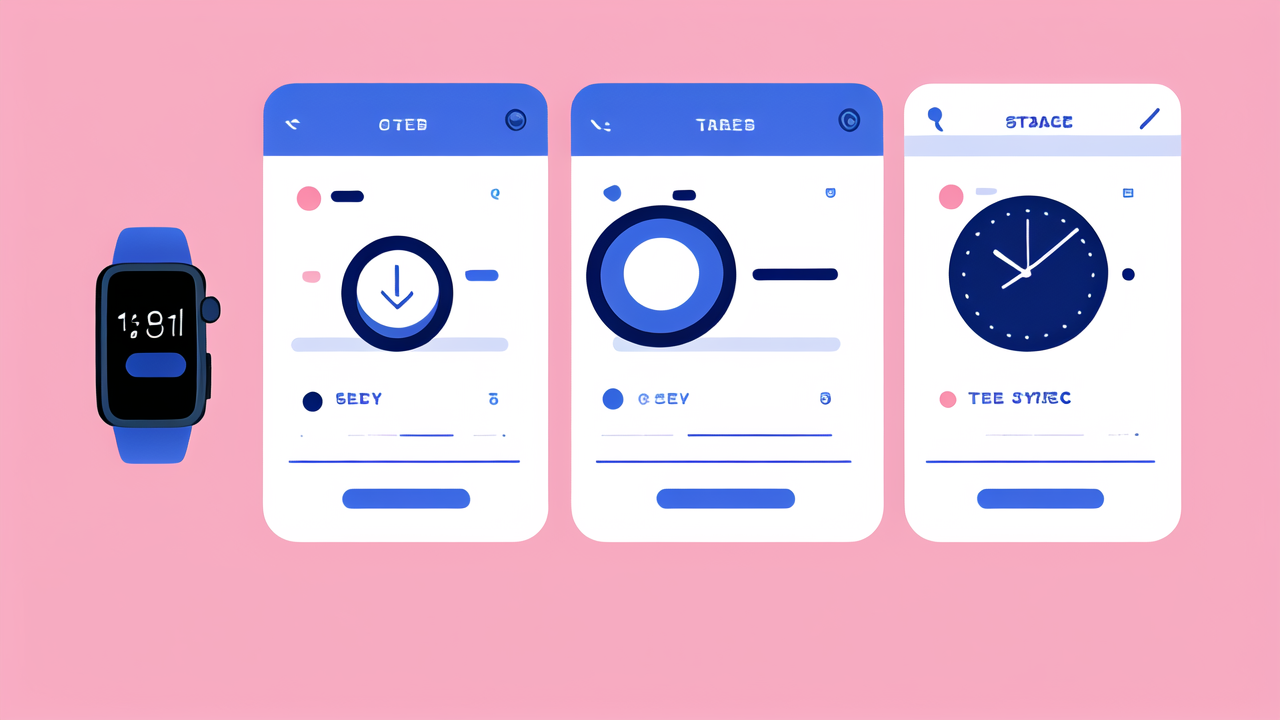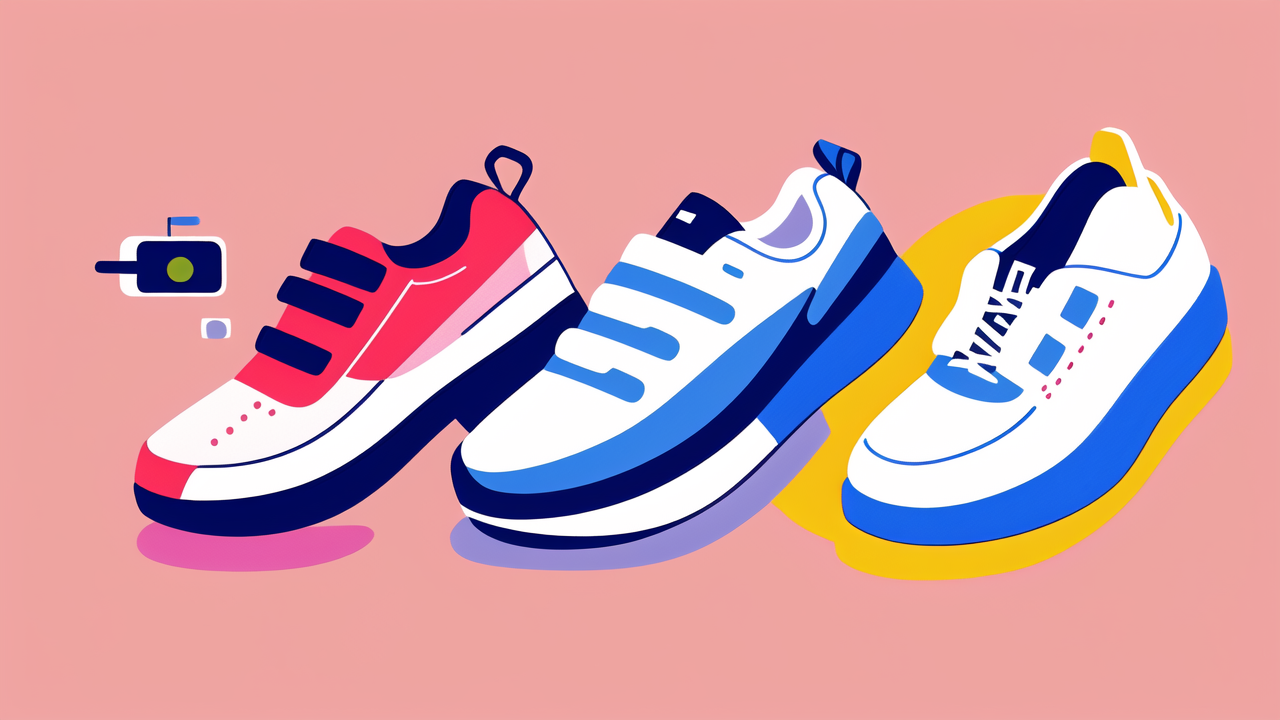Introduction to Wearable Fitness Technology
The Rise of Wearable Fitness Devices in the United States
Wearable fitness devices have taken the US by storm. These gadgets track our steps, heart rate, and sleep. They've become a must-have for health-conscious people. The market has grown fast, with many brands joining in.

Fitbit and Apple Watch led the way. They showed how useful these devices can be. Now, more people want to monitor their health daily. This trend has opened doors for new players like Fila Smart.
The COVID-19 pandemic boosted interest in personal health. As a result, wearable tech sales went up. People wanted to keep an eye on their fitness at home. This shift helped the whole industry grow even more.
Key Features of Leading Fitness Trackers
Top fitness trackers share some key features. These set them apart and make them useful. Here's what you'll find in most leading devices:
- Step counting and distance tracking
- Heart rate monitoring
- Sleep analysis
- Calorie burn estimation
- GPS for route mapping
- Water resistance for swimming
- Smartphone notifications
- Long battery life
The best trackers do more than just count steps. They give a full picture of your health. They track your workouts and recovery. Some even measure stress levels and blood oxygen.
Advanced models offer guided workouts and coaching. They help users set and meet fitness goals. The data syncs to apps, making it easy to see progress over time.
Understanding the Market: What Consumers Look for
When buying a fitness tracker, consumers have clear priorities. They want devices that are:
- Accurate in tracking various metrics
- Easy to use with a simple interface
- Comfortable to wear all day
- Durable and water-resistant
- Compatible with their smartphones
- Affordable with good value for money
Battery life is also a big deal. No one wants to charge their device every day. People look for trackers that can go at least a week on one charge.
Style matters too. Fitness trackers are worn daily, so they should look good. Many brands offer customizable bands and watch faces. This lets users match their tracker to their style.
Lastly, data privacy is a growing concern. Consumers want to know their health data is secure. They prefer brands that are clear about how they use and protect information.
Analyzing Fila Smart's Position
The Evolution of Fila Smart in the Wearable Space
Fila Smart is a newer player in the wearable tech world. The brand is known for sports apparel. Now, it's trying to make a mark in fitness tracking. Fila Smart devices aim to blend style with function.

At first, Fila Smart offered basic trackers. These focused on step counting and sleep tracking. Over time, they added more features. Now, their devices include heart rate monitors and GPS.
Fila's approach is to make tech accessible. They offer features similar to top brands at lower prices. This strategy aims to attract budget-conscious consumers. It also targets those new to fitness tracking.
The brand leverages its sports heritage. Fila Smart devices often have a sporty look. This appeals to active users who like the Fila brand. It sets them apart from more tech-focused competitors.
Fila Smart vs. Market Leaders: A Feature-by-Feature Comparison
When we compare Fila Smart to market leaders, we see some key differences:
- Price: Fila Smart is often cheaper than top brands like Fitbit or Apple.
- Battery Life: Many Fila Smart models offer longer battery life.
- Brand Recognition: Fila is known for sports, not tech. This can be good and bad.
- App Ecosystem: Leading brands have more developed apps and communities.
- Accuracy: Top brands may have an edge in sensor accuracy.
- Design: Fila Smart focuses on sporty looks, while others offer more variety.
Fila Smart matches basic features like step counting and sleep tracking. But it may lag in advanced health metrics. Top brands offer things like ECG and blood oxygen monitoring.
In terms of smartwatch features, Fila Smart is catching up. They now offer call and message notifications. However, they don't have the app selection of Apple or Google watches.
Consumer Reception and Market Penetration of Fila Smart
Fila Smart has had mixed reception in the market. Budget-conscious buyers appreciate the value. The devices offer good features at a lower price point. This has helped Fila Smart gain some market share.
However, tech enthusiasts often prefer more established brands. They trust the accuracy and app support of leaders like Fitbit. Fila Smart is still building trust in the tech space.
Market penetration varies by region. In some areas, Fila Smart has done well. This is especially true where Fila's brand is strong. But globally, they're still far behind the major players.
User reviews often praise Fila Smart's battery life and comfort. But some note that the app could be better. The devices work well for basic tracking. Yet, they may not satisfy users who want deep health insights.
Strategic Implications for the Industry
Lessons Learned from Fila Smart's Trajectory
Fila Smart's journey offers valuable lessons for the wearable tech industry:

- Brand extension can be tricky. Moving from apparel to tech isn't easy.
- Price matters. There's a market for budget-friendly fitness trackers.
- Basic features are enough for many users. Not everyone needs advanced health tech.
- Battery life is a key selling point. Users value devices that last longer.
- App ecosystem is crucial. A great device needs great software support.
Fila Smart showed that new players can enter the market. But they need to offer clear value. Simply being cheap isn't enough. The product must work well and meet user needs.
The company also highlighted the importance of brand perception. Fila's sports image helped in some ways. But it also made it harder to be seen as a tech leader.
Future Trends in Wearable Fitness Technology
The wearable fitness tech industry is always evolving. Here are some trends we're likely to see:
- More focus on health, not just fitness. Devices will track more health metrics.
- Integration with healthcare systems. Wearables may share data with doctors.
- Improved accuracy in tracking. Sensors will get better at measuring various metrics.
- Longer battery life. New tech will help devices last weeks, not days.
- More stylish designs. Wearables will look more like jewelry or fashion accessories.
- AI-powered insights. Devices will offer smarter health and fitness advice.
- Stress and mental health tracking. Wearables will help manage overall wellbeing.
We may also see more specialized devices. Some might focus on specific sports or health conditions. The line between fitness trackers and medical devices may blur.
Potential for Disruption: What New Entrants Can Learn
New companies entering the wearable tech market can learn a lot. Here's what they should consider:
- Find a niche. Don't try to beat Apple or Fitbit at everything.
- Focus on solving specific problems. Address unmet needs in the market.
- Prioritize user experience. Make devices and apps easy and fun to use.
- Build a strong app and data platform. The ecosystem is as important as the hardware.
- Partner with health or fitness brands. This can add credibility and reach.
- Innovate in battery tech or charging. Long battery life is a big selling point.
- Consider subscription models. Offer premium features or coaching for a fee.
New entrants should also watch for emerging technologies. Things like flexible displays or new sensors could change the game. Being first to market with new tech can help stand out.
Lastly, privacy and data security are crucial. New companies must build trust from the start. Clear policies and strong security measures are a must in this field.




Leave a comment
This site is protected by hCaptcha and the hCaptcha Privacy Policy and Terms of Service apply.